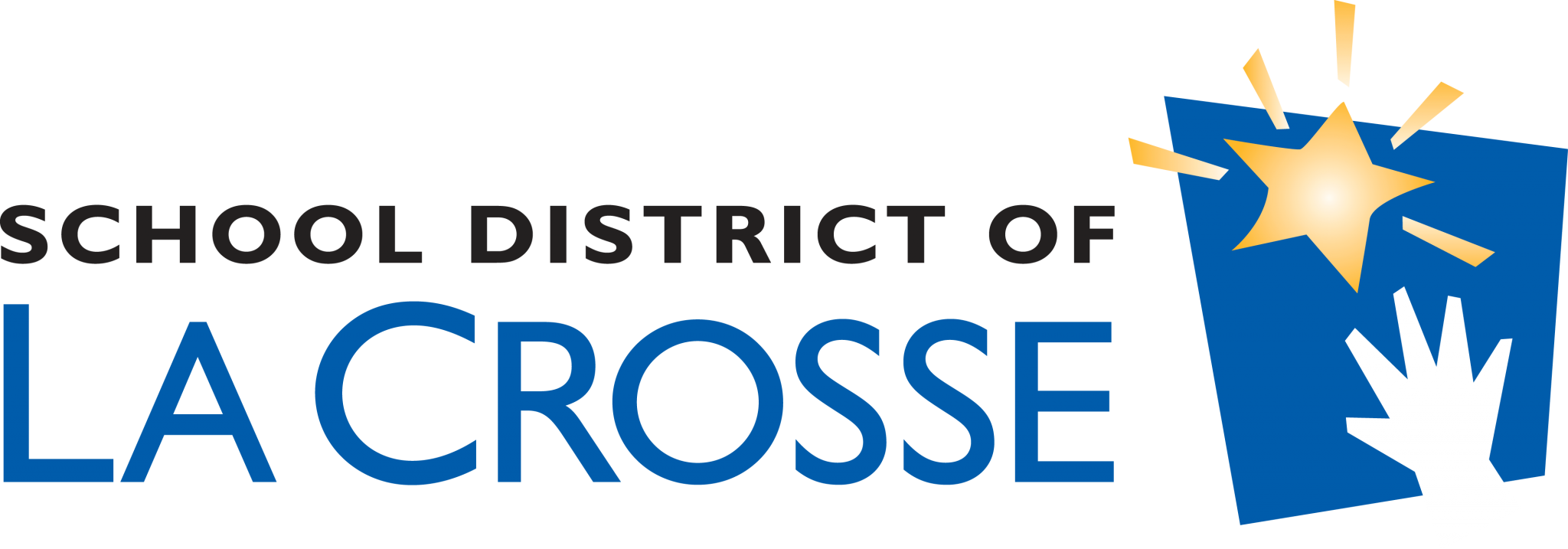Alcohol and Other Substance Use
Considerations when Supporting Youth
- If you are concerned about the youth’s intoxication rising to the level of a medical emergency, call 9-1-1 or take them to the Emergency Department.
- Some signs of acute intoxication or withdrawal include:
- Unresponsive
- Bluish-colored or cold, clammy skin, especially around the lips and fingernails.
- Confusion, slowed responses, lack of coordination or being unable to walk.
- Difficulty remaining conscious/staying awake
- Significant confusion
- Seizures
- Nausea and vomiting
- Severe GI symptoms: diarrhea, severe stomach pains
- Irregular heartbeat or breathing – difficulty breathing
- Dizziness, loss of balance, loss of coordination
- Paranoia or hallucinations
- If you believe a youth is under the influence of alcohol or another substance, consider if it is an appropriate time to have a conversation with them.
- It may not be appropriate to have a conversation when they are under the influence.
- Keep the youth safe and engage in safety planning. If you are considered about the level of risk and intoxication, you will want to ask the youth about what substances they are currently using, when they last used, and how much they used.
- In order to have an open conversation about their substance use, it would be important to have a strong relationship with the youth.
- Remain non-judgmental and use active listening.
- If you do not have a good relationship with the youth or worry that your ability to be non-judgmental may get in the way of this conversation, it is probably best to bring your concerns to another adult who could initiate this conversation with the youth.
- Have a conversation with the youth about their substance use. This may include topics such as what substance they are using, how they gain access to this substance, and what they find the substance provides them.
- Talk with the youth about the inherent risk of using substances and provide clear, accurate information about substance use. If you are unsure about the accuracy of your information, reach out for additional supports.
- It is not helpful to tell a youth to “just stop” or to provide judgment about their substance use.
- Provide reassurance for the youth by letting them know you are someone they can talk to about any of their concerns or questions.
- It is important to keep open communication about alcohol and substance use.
- Encourage healthy decision making.
- Share accurate information.
- Find more resources here about having conversations with youth about alcohol and substance use: SAMHSA Parent Resources
Connect with Supports
- Treatment options specific to substance concerns include working with a substance abuse counselor or at times another mental health professional with an AODA specialty who could provide assessment, individual counseling, family counseling, This counselor can also provide psychoeducation and can support referral to higher levels of care or more intensive services as needed.
- This is usually covered by insurance, but you may want to contact your insurance company to verify coverage. You can call your insurance company by using the number on the back of your insurance card.
- Therapy is individualized and collaborative.
- If you are unsure of where to begin, the school counselor is a great resource to get you connected to the right supports either within school or in the community.
- The School District of La Crosse also has a Student Family Assistance Program which offers short-term solution-focused interventions to support student mental health. If you are interested in this program, reach out to your school counselor.
- Youth in crisis may need more intensive support than outpatient therapy or school counseling.
Utilizing the Emergency Department
- Take youth to the Emergency Department if they need medical assistance for their substance use.?
- Youth can be evaluated in the Emergency Department for mental health issues and possible placement in the hospital. They can arrive with parents, or with the support of law enforcement and/or other professionals. Youth must go through the process of medical screening, which can take several hours. The doctor then determines whether to call in the on-call mental health professional. This is most common when considering a placement in acute inpatient hospitalization.
- Parents should attempt to transport youth but can access an ambulance under certain circumstances. Parents must be present through the intake/admission process. If the youth does not need a hospital placement, Emergency Department staff will explore other options with the family. This may include shelter care, partial hospitalization, a safety plan, and information for follow up services.
- Under some circumstances, parents may decide against the recommendation to hospitalize their child. This is a parent’s right, and other community-based options are available. It is important to know that not following this recommendation may result in a report to Child Protective Services from the mental health or medical provider.
What Else Can I Do?
If you would like assistance getting help for yourself or you would like to refer your child, student or friend for professional services, reach out to your school student services offices for additional support and information.
Community Resource
Great Rivers 211
Great Rivers 2-1-1 offers free, confidential community information and referrals 24 hours/day. Dial 2-1-1 or (800) 362-8255 to talk to an information and referral specialist.
